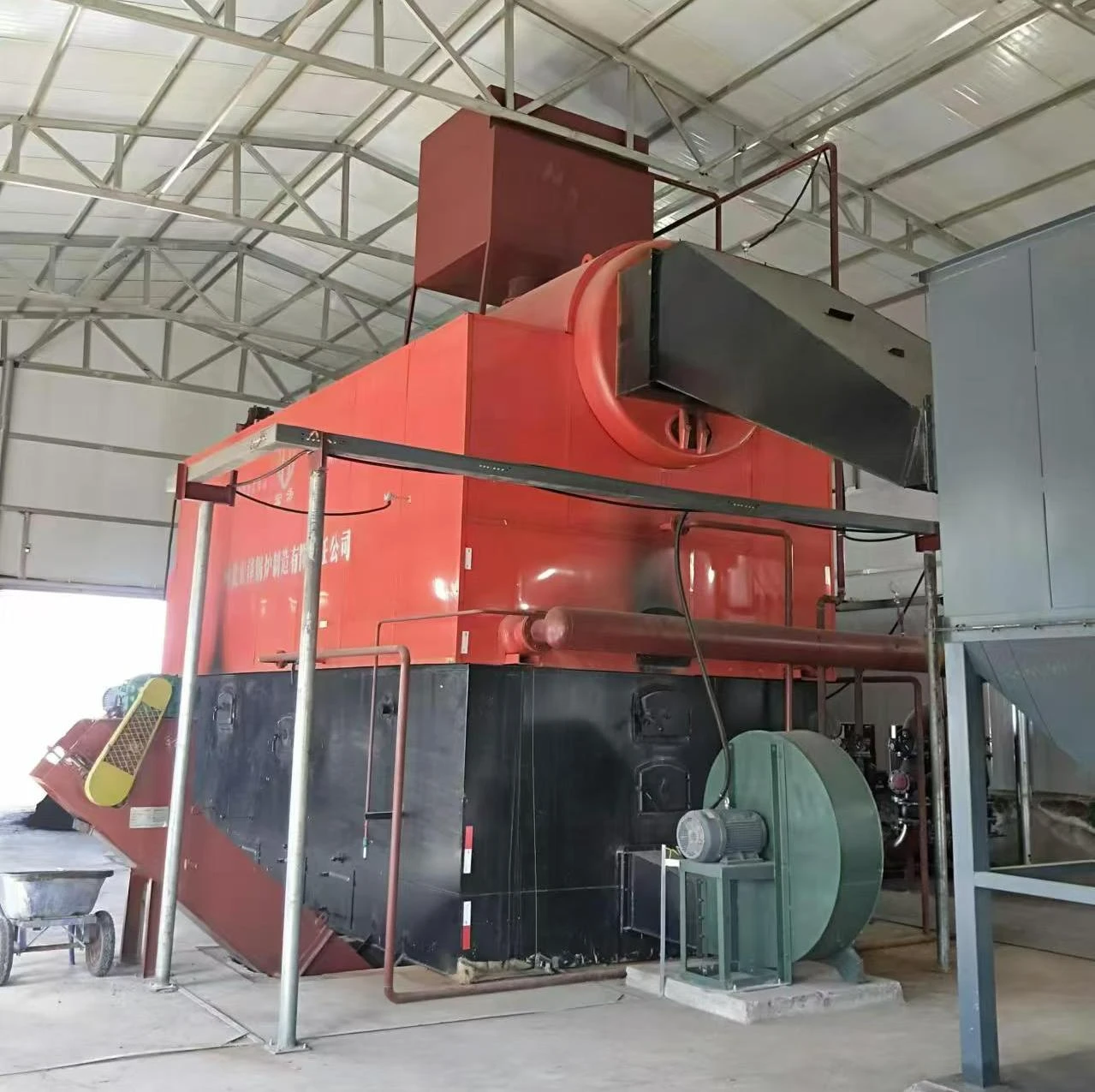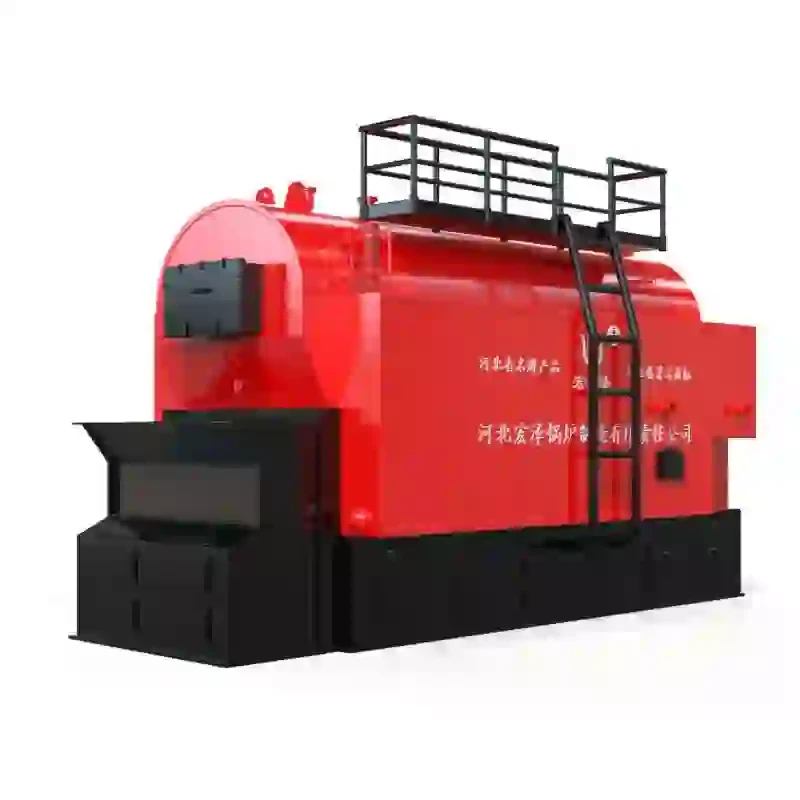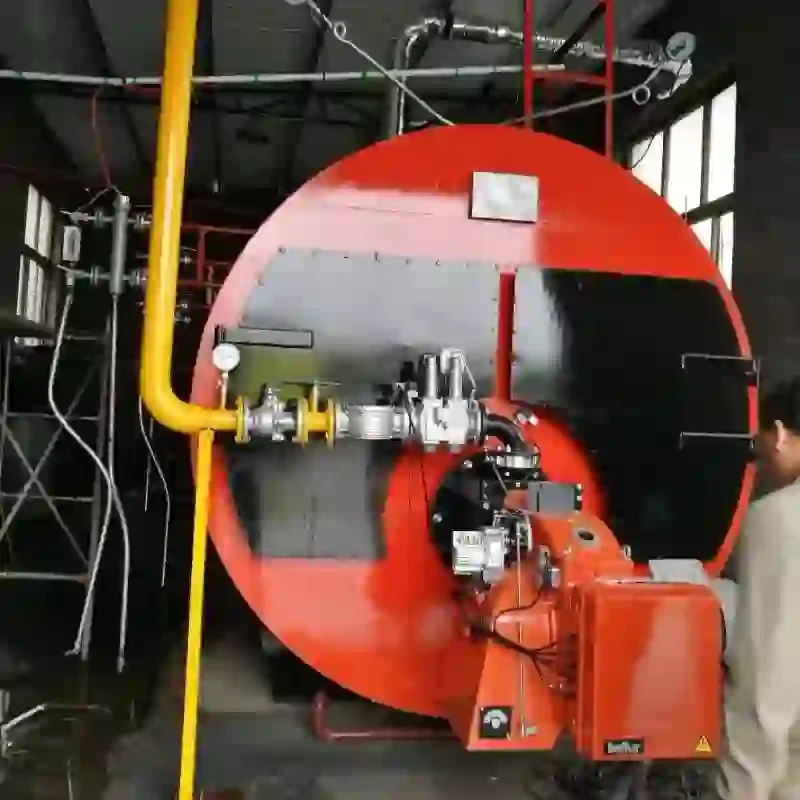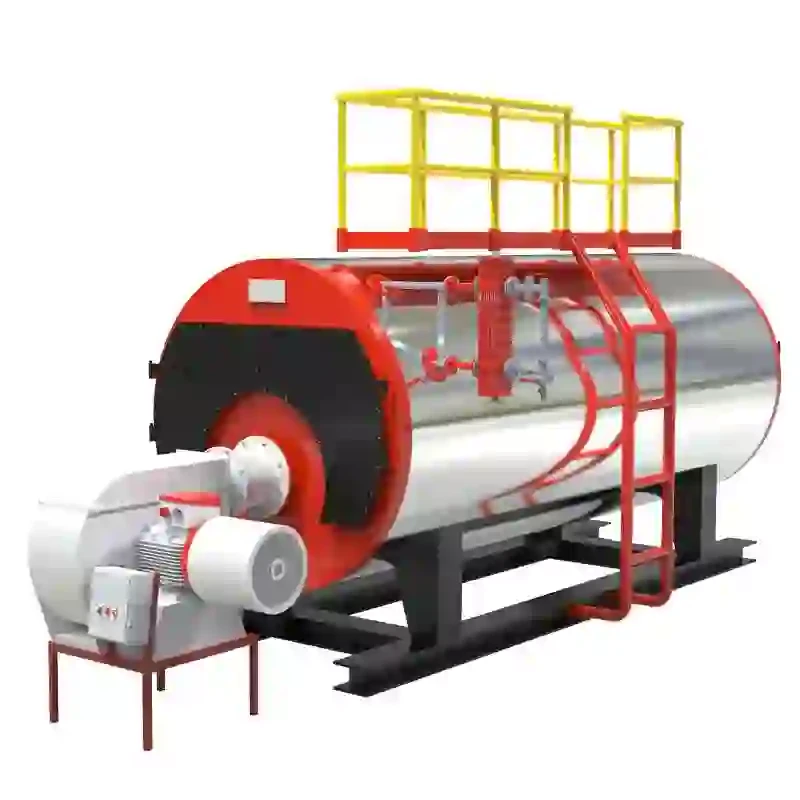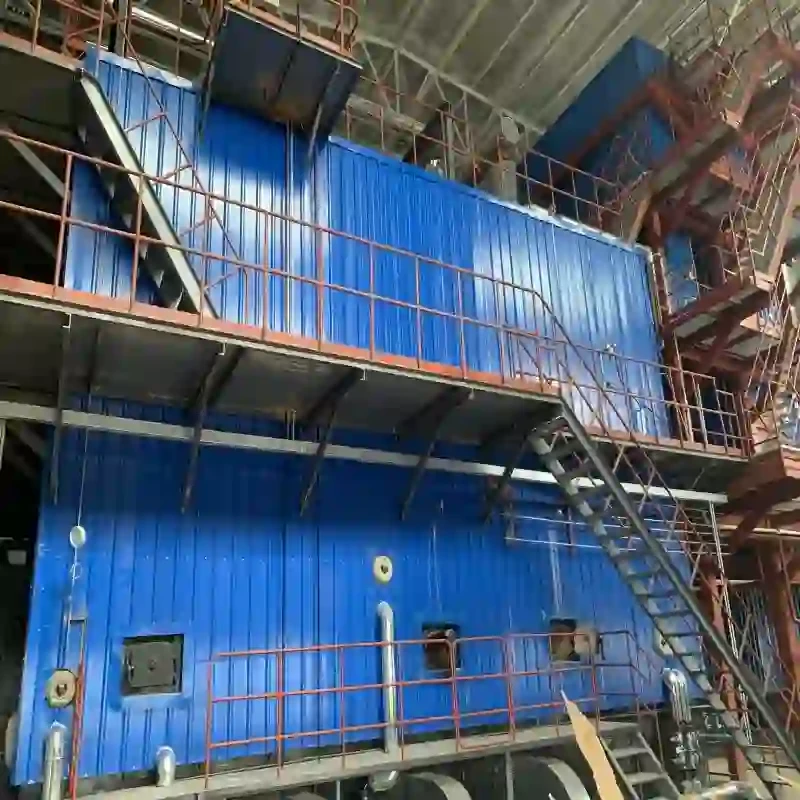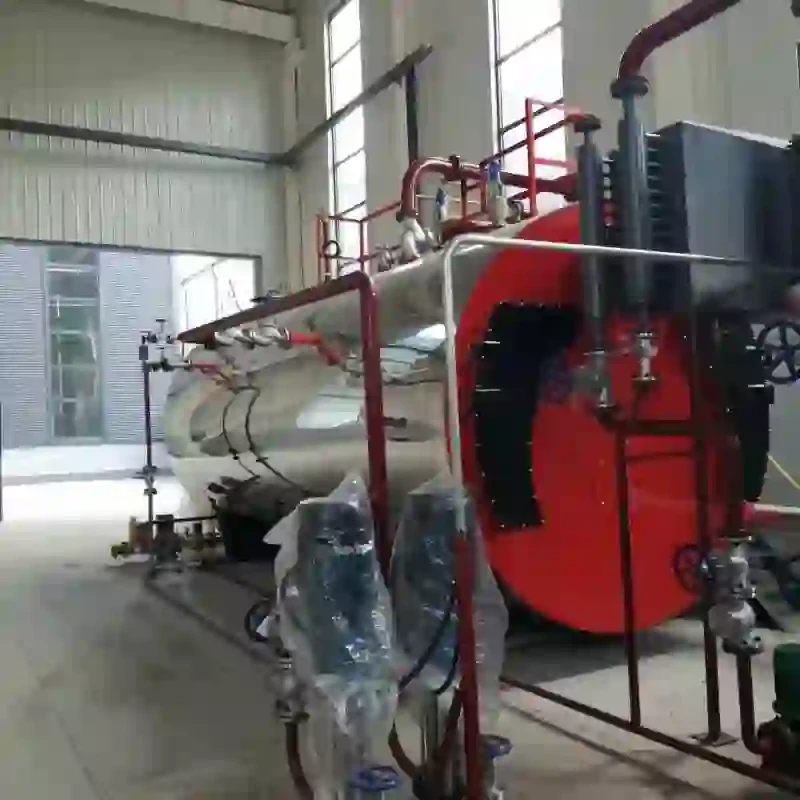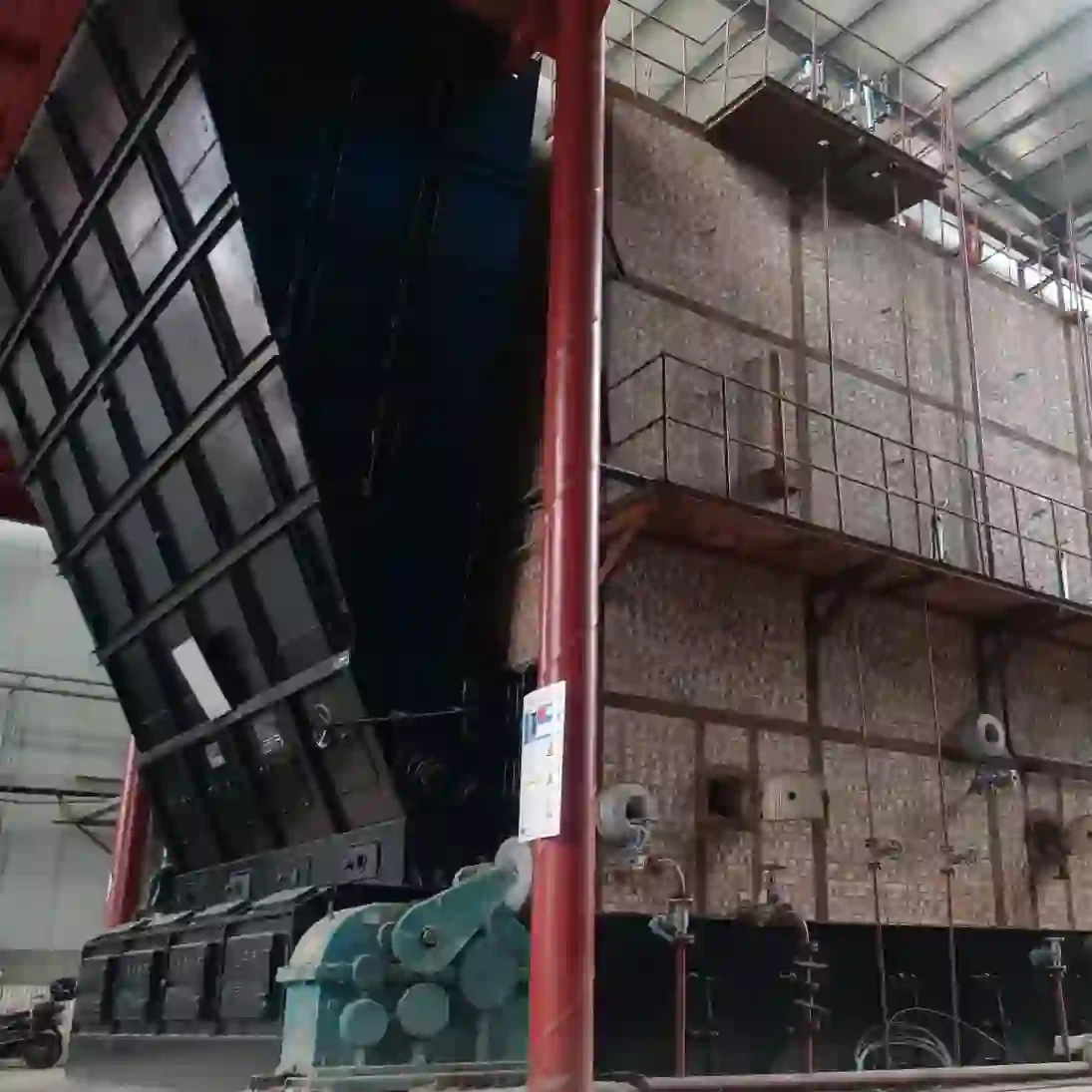
Nov . 20, 2025 19:00 Back to list
Comprehensive Guide to Steam Boiler Working – Efficiency & Applications
Understanding Steam Boiler Working: A Key Industrial Backbone
If you’ve ever marveled at how power plants, factories, or even big ships generate energy efficiently, chances are steam boilers played a starring role. Steam boiler working isn’t just some dusty engineering jargon; it’s a global linchpin that drives millions of tons of energy production and heating worldwide. It affects everything from manufacturing to food processing — basically, wherever heat and steam are needed.
So why does understanding the steam boiler working mechanism matter? Beyond the industrial humdrum, it’s about sustainability, safety, and innovation on a massive scale. Optimizing these systems can save energy costs, reduce environmental impact, and help industries operate smarter.
Why Steam Boiler Working Matters Globally
Globally, steam boilers underpin roughly half of thermal power generation on a planetary scale, according to data from the International Energy Agency and ISO standards on boiler safety.
Imagine: close to 60% of the world’s electricity generation depends on steam turbines fed by high-pressure, high-temperature steam — all derived from the humble boiler. Yet, these systems face challenges like emissions regulation, fuel efficiency demands, and operational safety concerns, especially in developing regions where infrastructure can be less robust.
The world is shifting towards cleaner, smarter energy, but the reality is that steam boiler technology remains fundamental. Enhancing steam boiler working efficiencies is therefore a top priority for industries, governments, and environmental agencies alike.
Mini takeaway: Steam boilers might seem old-school, but they’re essential cogs in modern energy and industrial processes — and improving them is a global focus for progress.
What Exactly Is Steam Boiler Working?
In simple terms, steam boiler working refers to the process where water is heated in a closed container (boiler) to generate steam, which then performs mechanical work — typically spinning turbines or providing heat.
The “working” part is basically about the cycle: feed water enters, gets heated by a fuel source — be it coal, gas, biomass, or even solar heat — turns into steam, and then powers machines or heats spaces.
These systems are intricately designed to maintain safety, pressure, and energy efficiency while adapting to various industrial needs. Think of steam boiler working as the heart pumping thermal energy through an industrial body.
Steam boiler working also ties directly into humanitarian challenges — for example, generating heat for remote clinics or processing water in regions without reliable electricity.
Core Components Shaping Steam Boiler Working
1. Durability and Safety Features
Given the high pressures (sometimes hundreds of PSI) and temperatures involved, durability is a must. Boiler shells, tubes, and fittings must withstand thermal stress, corrosion, and pressure fluctuations.
Safety valves, pressure gauges, and fail-safes keep operations in check. Inadequate durability can lead to failures with severe consequences, so engineers prioritize resilient materials and rigorous testing.
2. Fuel Flexibility
Boilers that can handle multiple fuel types — coal, natural gas, oil, solid biomass — gain preference due to energy market volatility. The working mechanism shifts subtly depending on fuel properties, requiring adaptable burner and control systems.
3. Thermal Efficiency
One of the biggest challenges is converting as much fuel energy into usable steam with minimal loss. Innovations like economizers, superheaters, and condensate recovery help boost overall efficiency.
4. Automation and Control Systems
Modern steam boilers often integrate digital controls for pressure, temperature, and feedwater rate monitoring. Automated diagnostics reduce downtime and improve the precision of steam output, making steam boiler working more consistent and safer.
5. Scalability and Customization
From small hospital boilers producing steam for sterilization to enormous power plant boilers, scalability is crucial. Tailored designs meet specific needs, whether in output capacity, physical footprint, or fuel economy.
Mini takeaway: The nuances of steam boiler working come down to a balance between robustness, adaptability, and intelligent control — which keep these giants humming safely and efficiently.
Real-World Applications of Steam Boiler Working
Industries spanning utilities, manufacturing, and food production rely on steam boilers daily.
- Power generation: Most coal-fired and combined cycle plants depend on boilers to generate steam for turbines.
- Petrochemical and refinery sectors: Require steam for process heating and fractional distillation.
- Food and beverage industries: Use steam boilers for sterilizing equipment, cooking, and drying.
- Remote industrial zones: In Nordic and mountainous areas, steam boilers provide heating where other sources are impractical.
- Emergency and relief operations: Portable steam boilers have been utilized in disaster zones to provide critical heat and sanitation support.
Take Japan’s recent tsunami aftermath, for example: mobile steam boilers enabled rapid water sterilization and heating in the absence of grid power.
Mini takeaway: Steam boiler working isn’t confined to factories — it’s pervasive across continents and industries, often stepping up in critical moments.
Advantages and Long-Term Value of Steam Boiler Working
There are plenty of pragmatic reasons steam boilers continue to be relied upon, even in renewable-heavy times.
- Cost-efficiency: Long operational lifespans and fuel flexibility make boilers a cost-effective choice for many sectors.
- Sustainability prospects: Modern designs reduce emissions and waste, integrating biomass or waste fuels seamlessly.
- Reliability and safety: Years of engineering refinement have created systems with predictable performance.
- Social impact: Providing steady heat and power supports basic dignity — from hospitals to schools.
- Innovation driver: Continuous improvements in automation reflect a drive toward smarter, less labor-intensive operations.
At the end of the day, steam boilers combine efficiency with a long track record. It’s a recipe for industrial trust and safety.
Looking Ahead: Trends Shaping the Future of Steam Boiler Working
Innovation doesn’t stop. Here’s what the industry buzz sounds like:
- Green energy integration: Co-firing with biomass or hydrogen to reduce carbon footprint.
- Digital twin technologies: Real-time simulations to optimize performance and predictive maintenance.
- Advanced materials: New alloys and coatings improve longevity and reduce corrosion.
- Automation and IoT: Connected boilers that self-adjust and alert operators remotely.
Frankly, these advances make steam boiler working seem less like legacy tech and more like a platform for sustainable industrial energy.
Common Challenges and How Industry Experts Approach Them
Despite all the successes, boilers face hurdles:
- Emissions control: Meeting tighter environmental standards.
- Fuel supply constraints: Especially for coal-dependent units.
- Maintenance costs: Aging infrastructure often needs overhaul.
Solutions? Many companies are turning to automated leak detection, integrated emission scrubbing, and developing alternative fuel capabilities. Plus, modular boiler designs allow faster replacement or upgrades, cutting downtime.
Product Specification Table: Typical Industrial Steam Boiler
| Specification | Details |
|---|---|
| Boiler Type | Water Tube Boiler |
| Fuel Source | Coal, Natural Gas, Biomass |
| Maximum Pressure | 160 bar (2320 psi) |
| Steam Output Capacity | 100,000 kg/hr |
| Thermal Efficiency | 87% |
| Automation | PLC Controls, Remote Monitoring |
Vendor Comparison Table: Leading Steam Boiler Manufacturers
| Manufacturer | Fuel Types Supported | Automation Features | Global Reach | Sustainability Focus |
|---|---|---|---|---|
| Alpha Boilers | Coal, Gas, Biomass | Full digital controls with IoT | Asia, Europe, North America | High (Eco-friendly fuels, waste heat recovery) |
| Beta Steam Tech | Gas, Oil | Standard automation with alarms | Europe, Middle East | Moderate (Emission controls) |
| Gamma Boilers Ltd | Coal, Biomass | Manual and semi-automated options | South America, Africa | Emerging (Pilot green projects) |
Frequently Asked Questions About Steam Boiler Working
Q1: How does fuel type impact steam boiler working efficiency?
A1: Fuel type greatly influences combustion efficiency and emissions. Cleaner fuels like natural gas offer higher efficiency with less residue, while solid fuels require specific burner designs and frequent maintenance. Matching fuel type with boiler design helps optimize energy output and operational costs.
Q2: What safety measures are critical in steam boiler operations?
A2: Safety revolves around pressure relief valves, water level monitoring, robust construction, and emergency shutoff systems. Regular inspections and adherence to industry standards, such as those from ISO or ASME, ensure operational safety.
Q3: Can steam boilers be integrated with renewable energy?
A3: Yes. Some boilers now co-fire biomass or hydrogen blends to reduce carbon footprint. Solar thermal energy can preheat feedwater, improving efficiency. This trend toward hybrid models is growing.
Q4: How often should steam boilers be maintained?
A4: It depends on usage and fuel type, but typically boilers undergo annual major overhauls, with monthly and daily safety checks to prevent failures and ensure efficient working.
Q5: What makes modern steam boiler working more reliable than older systems?
A5: Integration of automated controls, digital monitoring, and improved materials have made contemporary boilers less prone to human error, corrosion, and mechanical wear, increasing uptime and safety.
Conclusion: Embracing the Future of Steam Boiler Working
All said, understanding steam boiler working opens windows into one of the most impactful industrial technologies. From powering cities to warming hospitals, steam boilers remain core to our infrastructure’s heartbeat.
With ongoing innovations advancing safety, sustainability, and efficiency, the humble boiler is anything but obsolete — it’s evolving, adapting, and ready for the challenges of tomorrow.
Interested in learning more or exploring advanced boiler solutions? Visit our website for detailed guides and expert insights: https://www.hzsteamboiler.com
References
-
Comprehensive Guide to Steam Boiler Water Treatment: Benefits, Trends & Solutions
NewsNov.19,2025
-
Comprehensive Guide to Steam Boiler Operation and Efficiency
NewsNov.18,2025
-
Understanding Steam Boiler Working Principle: Efficiency, Safety, and Innovation
NewsNov.18,2025
-
Understanding Steam Boiler Function: Key to Industrial Efficiency and Sustainability
NewsNov.15,2025
-
Comprehensive Guide to High Pressure Boilers PDF - Specs, Applications & Trends
NewsNov.15,2025
Related PRODUCTS






